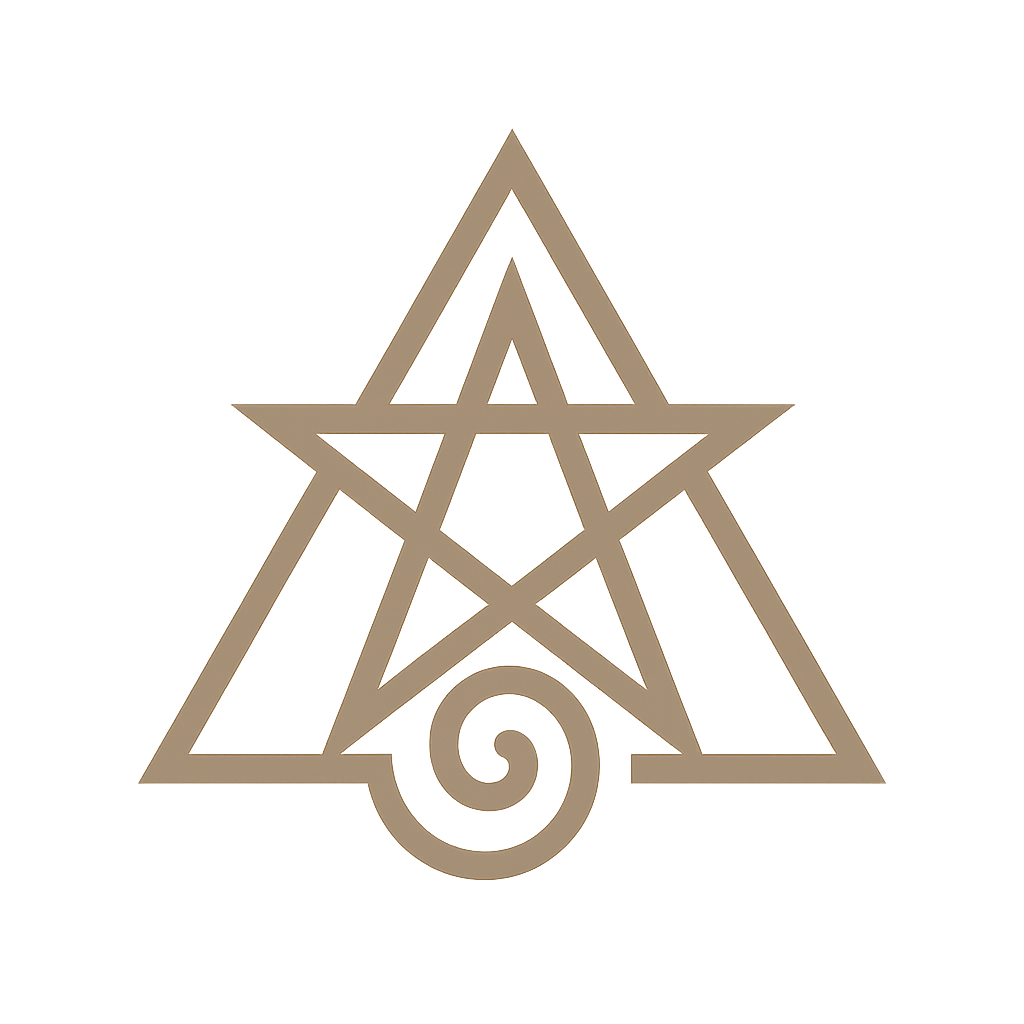“In another moment Alice was through the glass, and had jumped lightly down into the Looking-glass room.”
— Through the Looking Glass by Lewis Carroll
Mirrors, Lenses, Reflection, and Refraction
In Through the Looking Glass, Lewis Carroll’s Alice steps across a mirror into a fantastical realm—a journey through a boundary that mirrors the principles of optics. In physics, light undergoes transformations as it meets boundaries: it reflects, refracts, and reshapes our visual perception. Much like Alice crossing into the Looking-glass world, light crosses thresholds that reveal what lies beyond the visible, expanding our understanding of reality.
Alice’s step “through the glass” becomes a poetic metaphor for optics. Mirrors and lenses also act as gateways, altering our vision. Mirrors reflect light to form virtual images, while lenses refract it to reveal magnified or focused perspectives. These optical phenomena—reflection, refraction, and image formation—are about more than physics; they shift how we see and interpret the world.
As we explore light’s behavior—angles of incidence, refraction, reflection, and the creation of images—we enter a scientific “Looking-glass room.” Understanding how mirrors and lenses manipulate light allows us to grasp how perception is shaped by physical laws.
Geometric Optics and Light Behavior
Geometric optics treats light as rays traveling in straight lines, allowing us to model how light interacts with surfaces and materials. It forms the foundation for understanding phenomena like reflection and refraction.
Reflection
The law of reflection states that the angle of incidence equals the angle of reflection. Plane mirrors and convex mirrors create upright, virtual images. Concave mirrors, depending on distance, can create real, inverted images or virtual ones.
Like Alice’s mirror, reflective surfaces transform how we perceive space. Concave and convex mirrors bend light to manipulate visual reality, turning ordinary surfaces into windows to alternate perspectives.
Refraction
Refraction occurs when light changes speed and direction as it passes from one medium to another—such as from air to glass. Governed by Snell’s Law, this bending depends on the indices of refraction. Light bends toward the normal when entering a denser medium (e.g., air to glass).
At a critical angle, light refracts at 90° along the boundary. Beyond this angle, total internal reflection occurs, trapping light within the original material. This effect powers fiber optics and creates the sparkle in diamonds—transformative visuals not unlike Alice’s mirrored world.
Lenses
Lenses bend light to focus or disperse it. Convex (converging) lenses bring light rays to a focal point, forming real images. Concave (diverging) lenses spread light rays, producing virtual images. Lenses let us zoom into tiny worlds or correct our own vision—tools for crossing visual thresholds.
Just as Alice steps into a dimension of new proportions, lenses reshape how we see scale, depth, and detail. Aberrations remind us that vision is not always clarity—distortion itself is a kind of insight.
Reflection and Refraction at a Glass Surface
When light hits a transparent surface like glass, part of it reflects while the rest refracts. This dual behavior lets us simultaneously see our reflection and the world behind the glass. Reflected rays obey the law of reflection; refracted rays bend according to the refractive indices of the materials.
This blending of boundaries—seeing both within and beyond—is not just physical, but metaphorical: perception is shaped by what bounces back and what passes through.
Total Internal Reflection and the Critical Angle
Total internal reflection happens when light inside a denser medium strikes a boundary with a less dense medium at an angle greater than the critical angle. At this point, no light escapes; it all reflects inward.
This principle is crucial in fiber optics and contributes to the radiance of gemstones. Light loops within, just as Alice loops between realities—bending, bouncing, contained, and yet illuminating.
Practical Examples of Optical Concepts
- Mirrors use reflection to create virtual images—altering perception and playing with depth, much like Alice’s mirror-world.
- Eyeglasses use refraction to correct vision, adjusting light’s path for clarity—revealing new perspectives.
- Fiber Optics use total internal reflection to transmit light signals through cables—similar to the infinite corridors of the Looking-glass room.
- Cameras adjust focal length with lenses, framing reality from micro to macro—offering snapshots of other angles of truth.
Summary: Seeing Through the Glass
Optics is the science of boundaries—where light meets glass, bends, reflects, and reveals. Reflection and refraction allow us to form images and shift perspectives, offering glimpses into realities just beyond reach.
Through the lens of optics, Through the Looking Glass becomes more than a children’s tale—it becomes a metaphor for the interplay between perception and physics. Mirrors and lenses don’t just reveal what is there; they expand what we can know. In this way, optics becomes both science and wonder—a portal to possibility.
References
- Thorne, K. S., & Blandford, R. D. (2017). Modern Classical Physics: Optics, Fluids, Plasmas, Elasticity, Relativity, and Statistical Physics.
https://ci.nii.ac.jp/ncid/BB24361944 - Peřina, J., Hradil, Z., & Jurčo, B. (1994). Quantum Optics and Fundamentals of Physics. Springer.
https://doi.org/10.1007/978-94-011-0932-1
